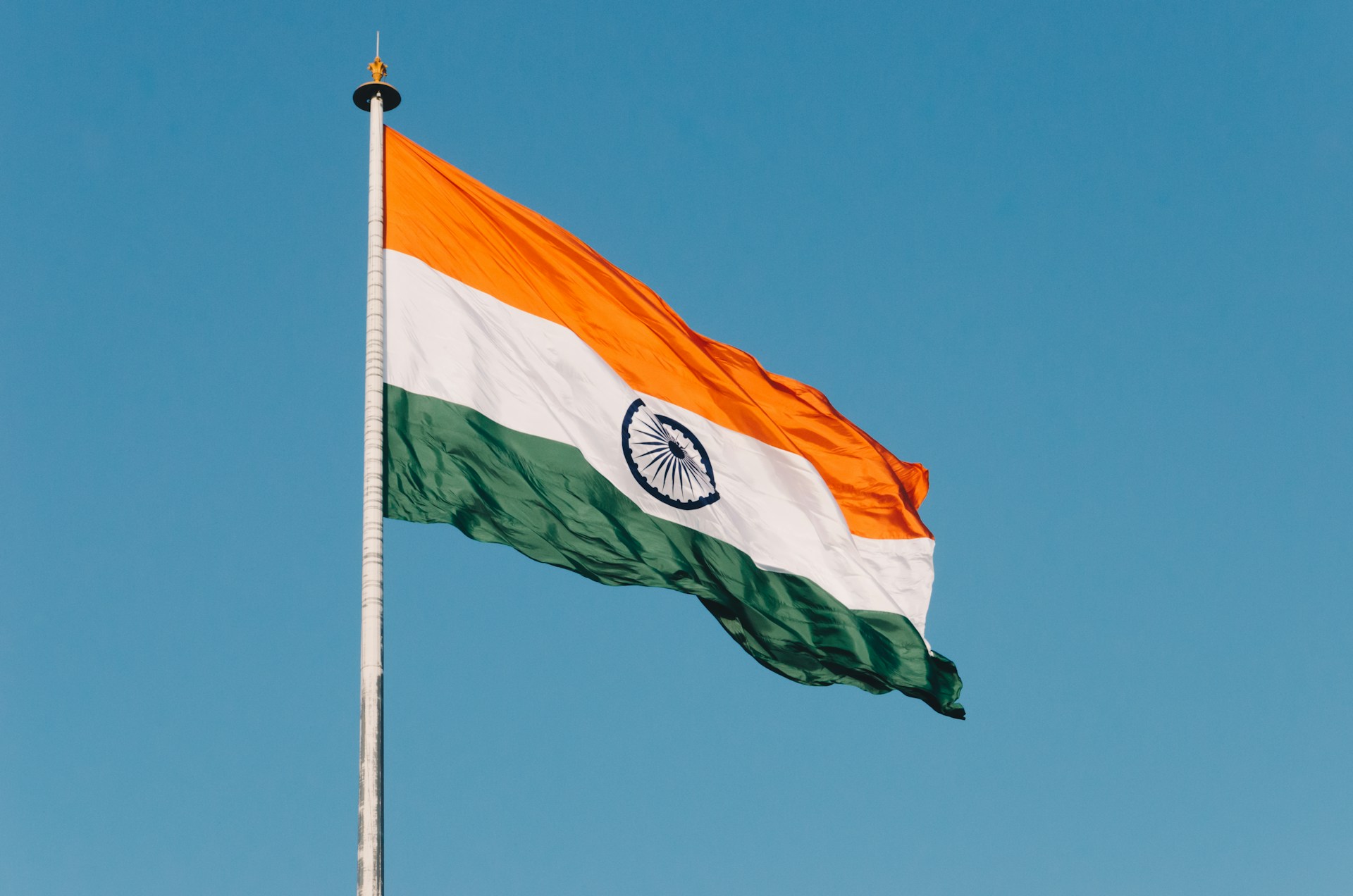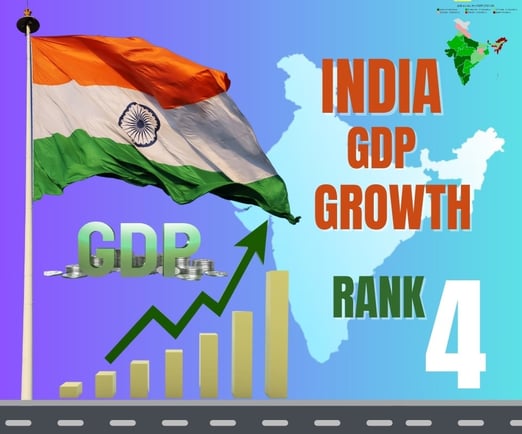
India GDP Surge: How Robust Economic Growth Elevated India to the World’s 4th Largest Economy
INTERNATIONAL TRADE & TRADE POLICIES
GlobalSetu Enterprise[V.S.V]
5/27/20253 min read


India’s economic evolution over the past decade has been nothing short of remarkable. Once positioned much lower on the global stage, today India is on the fast track to becoming one of the world’s leading economies. With projections for a nominal GDP of around $4.19 trillion by 2025, India is set to secure its spot as the fourth largest economy behind the United States, China, and Germany. This blog post delves into the comprehensive story behind India’s GDP surge, exploring historical trends, key growth drivers, future prospects, and the challenges that lie ahead.
A Brief Historical Overview
In less than two decades, India has transformed its economic landscape dramatically. The post-liberalization reforms initiated in the early 1990s set the stage for rapid restructuring of the economy. Gradually, increased foreign investment, technological advancements, and a burgeoning middle class began to reshape India’s growth story—a journey marked by sustained reforms and strategic policy implementations.
The Journey to 4th Largest Economy
According to verified information from global financial institutions, including data from the International Monetary Fund (IMF), India’s growth trajectory has propelled it to become the world’s fourth largest economy in nominal terms by 2025. Japan, once a traditional economic heavyweight, is now overtaken by India’s rising GDP figures. This transition has not only been a result of quantitative growth but also of qualitative improvements in productivity and competitiveness.
Several government initiatives, such as the Goods and Services Tax (GST) and increased investments in digital infrastructure, have played a crucial role in catalyzing this upward trajectory. By effectively managing fiscal strategies and embracing comprehensive structural reforms, India has managed to sustain a growth rate that sets it apart on a global scale.
Key Factors Driving India’s Economic Growth
A number of critical factors have converged to drive India’s impressive economic ascent:
Structural Reforms: Over the years, India’s focus on reforms—ranging from the introduction of GST to modernizing bankruptcy laws—has created a more conducive environment for businesses.
Digital Transformation: The rapid adoption of digital technologies has not only improved government services but also spurred innovation and efficiency within the private sector.
Expanding Consumer Base: India’s vast demographic dividend, with a major segment of its population entering the workforce, has significantly boosted domestic consumption and industrial output.
Robust Infrastructure Development: Continued investments in transportation, energy, and urban development have enhanced productivity and attracted further investments.
Sectoral Insights: From Digital Innovation to Infrastructure
The composition of India’s GDP reflects a diversified economic base, with services, manufacturing, and agriculture contributing dynamically:
Services Sector: Dominated by IT, telecommunications, and financial services, the services sector has made India a global hub for outsourcing and technology-driven services.
Manufacturing & Infrastructure: Initiatives like “Make in India” have bolstered the industrial landscape, promoting a rapid expansion of manufacturing capacities.
Agriculture: Despite challenges, improvements in agricultural practices and higher productivity continue to buoy the rural economy.
These sectors together form the backbone of the nation’s economic strength and contribute to a balance between traditional industries and modern innovations.
Future Outlook and Challenges
While the headline figures are impressive, India heads into the future with both opportunities and hurdles:
Transition to More Inclusive Growth: Bridging the gap between overall GDP growth and per capita income remains a pressing challenge. Sustainable growth must go hand in hand with widespread wealth distribution.
Global Economic Uncertainties: Amid fluctuating global trends and potential geopolitical risks, maintaining a steady growth trajectory will be critical.
Continued Reforms: Further structural reforms and policy enhancements will be necessary to sustain long-term growth and tackle emerging challenges.
R&D and Technological Advancements: Investing in research and development and technology will be key to not only maintaining the current momentum but also in commanding higher value on the global stage.
Conclusion
India’s evolution into the fourth largest global economy is a testament to strong policy frameworks, dynamic reform strategies, and an ever-growing domestic market. The journey so far suggests that further upward mobility is well within reach, especially if the country continues to address its structural challenges and enhances technological innovation. As India paves its way toward becoming a $5 trillion economy, the world continues to watch in anticipation of the next chapter of its economic ascent.
GlobalSetu Enterprise
"A Bridge to Global Prosperity"
Mumbai, Maharashtra, India
We’re Here to Help! At GlobalSetu Enterprise, we value communication and collaboration. Whether you have questions about our products and services, want to discuss business opportunities, or simply wish to say hello don’t hesitate to reach out!